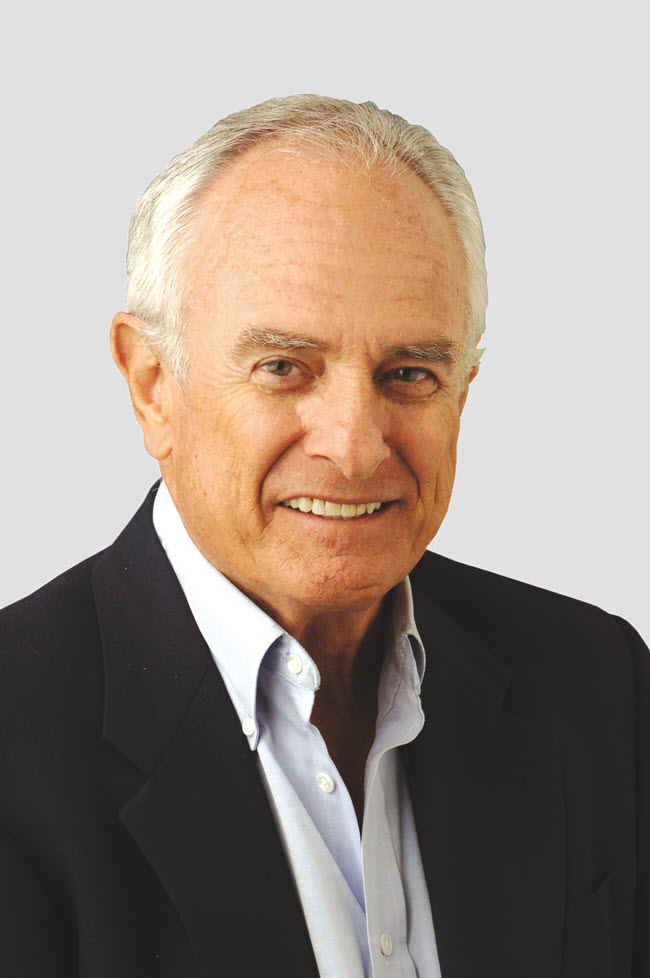
There are many times when it is icy cold that I flashback to summer’s dreadful heat and ask: Which do I prefer—winter’s biting chill or summer’s depressing and nauseating highs?
While I grew up without air conditioning and can remember manual labor in the hot sun, I have concluded that winter is better. Hot soup by a wood-burning fire is more pleasant than temperatures that soar past 100 degrees. Back on the farm in those high-heat times, I dreamed of swimming in a mountain lake and sleeping with a big fan that would keep me cool through the night. I had heard that it was much cooler in North Georgia than in the Southern half of the state and couldn’t wait to enjoy that experience.
Then with the good fortune to travel and experience other parts of the country, I became aware that Florida in winter was nice—very nice. Later on, there was exposure to Arizona and Southern California during the winter months. Minnesota and Wisconsin in the summer offered the best weather tonic one could experience.
Then there were those times when it became unseasonably cold in Florida’s spring or unseasonably hot during Minnesota’s summer. That would spoil your trip. It was so hot in Boston last summer that I wondered if I might be in Flagstaff, Arizona, instead of Fenway Park.
My first trip to the British Open came about in 1978, and I literally had no clue about the weather. When I asked someone who knew, I was told to take thermal underwear, sweaters, and rain gear. Great advice and very happy I asked. When I bundled up in Scotland, I exclaimed aloud, “This is summertime!”
Then one summer, when the tournament was played at Southport, England, there was a big heat wave that swept across Great Britain. Americans who came with their thermals, sweaters, and heavy wind cheaters were suddenly hunting for blue jeans and short sleeve shirts. Unfortunately, there were limited. options.
In the last two decades, I have seen the weather patterns in Europe change considerably. I no longer take a lot of heavy clothes. One summer sports coat and a couple of windbreakers. Mostly long sleeve shirts and a few short sleeves. You throw in one thermal undershirt, just in case.
In grade school and into high school, I was always fascinated by the big globe that sat in one of the classrooms. I would turn it slowly to visually peruse the nations of the earth, hoping that I could someday visit those faraway places, never thinking that I would have an opportunity to enjoy that experience.
I read about the Southern hemisphere but thought that since all those countries were south of Florida, they were warm weather places. Then I read in a magazine about skiing in the Andes and assumed the author really didn’t know what he was talking about.
Then one day, at St. Andrews, where an Australian golfer, Peter Thomson, spent his summers for many years, he finished his round at the Old Course during the Open championship and was talking about the winters in his hometown of Melbourne.
“It gets bloody cold down there in winter,” he said.
Suddenly, I realized that I knew very little about geography. I thought it was summer year-round in Australia. Down Under meant that the Aussies worked and played south of the Caribbean, so it had to be warm down there. Right?
I’ve often thought about those times on the nightly news when the weather people would tell us how brutally cold is in the northernmost city in the U. S.—International Falls, Minnesota, which is two miles from the Canadian border. You become aware that the coldest place in the U. S. is a little more than a stone’s throw from another country which is the farthest south you can go—if you are a resident of Canada.
What I have learned is that it is best to travel in Canada in summer and Florida in winter. Actually, Florida is best in springtime and Canada, with is breath taking color, is the place to be in late September and early October.
Wherever you go, pack for the unseasonable weather. Weather is unpredictable from Cape Town to Nogales.
